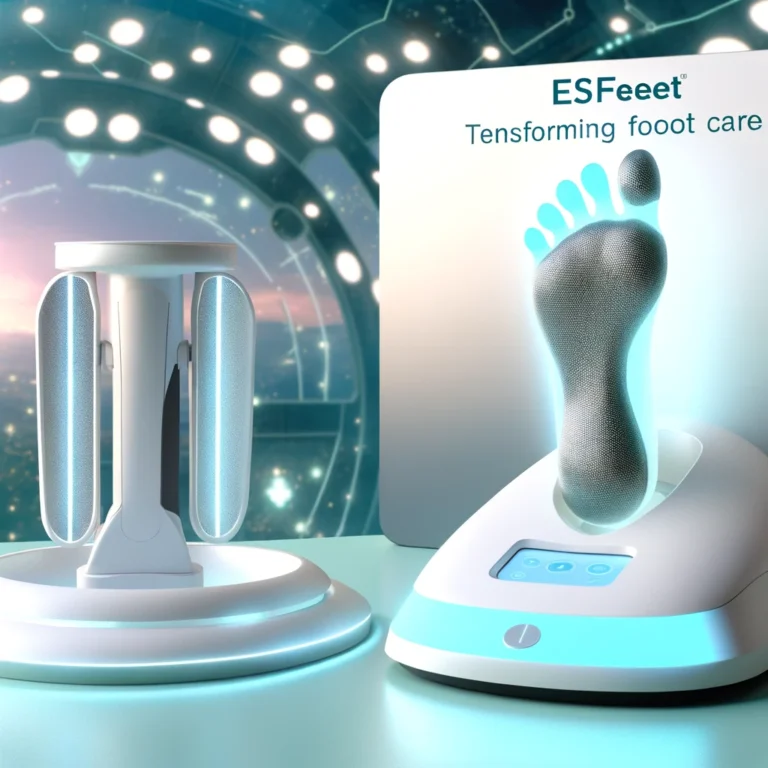Sinus Tarsi Syndrome: Causes, Symptoms and Treatment
One of the the most common injuries people often get from sports or fitness training are foot injuries. This makes sense since most of the physical activity we do we are on our feet.
Today’s articles is one a lesser known foot injury that I came across the last time I sprained my ankle. I’ve had a few sprains in my time and because of that I went ahead against better judgment not to have an X-Ray done. Well, at least initially.
The problem was, the pain and discomfort was more than usual, at least relative to the previous times I sprained my ankle. One of my bad habits is when I’m not sure of something I end up searching for it on the web. Often this isn’t a bad thing but with injuries and illnesses this could be a problem because you bump into so many related conditions that have symptoms that are fairly similar.
And for people like us who don’t have any medical experience it often isn’t easy to know which one you get. That’s when the mind starts running around thinking it could be this condition or it could be that problem.
Because I delayed having the X-Ray and seeing the doctor, I ended up doing this and due to the location of the pain, I did end up researching a couple of foot injuries which are the Sinus Tarsi Syndrome and the Cuboid Syndrome.
In the end though, it was a sprain that just took a bit longer to heal because I didn’t keep my weight off the foot.
What Is The Sinus Tarsi Syndrome?
The sinus tarsi located in the outer side of the foot. It is the canal that’s formed by the ankle bone on the outer side of the foot. And for the most part the pain will be situated in the lower side of it.
In medical terms, the sinus tarsi sits between the talus and calcaneus. It is a canal-like cavity where a number of nerves as well as blood vessels run through. Because of its location and design, it plays a role in allowing us to balance while moving without much effort or even thinking about it.
Sometimes however, it can get injured and when this occurs, the sinus tarsi becomes inflamed. When the injury causes this or to the surrounding ligaments it is called the Sinus Tarsi Syndrome.
Causes
One of the leading causes of is injury. This can be from sports, rolling an ankle or even from light activity. Among the most common causes of sinus tarsi syndrome are:
- ankle sprains
- ballet
- foot overpronation
- flat feet
- sitting with legs underneath the you
Majority of the cases, around three-quarters are from rolling of the foot or ankle, while the most of the remaining cases are caused by foot biomechanics where individuals have overpronation.
In any case the injury occurs when the foot is often turned inwards instead of being flat on the floor.
Symptoms
The condition shows itself with pain and swelling on the outside of the foot. It is usually around the ankle area and increases when pressure is put on the foot and also when walking or running on uneven surfaces.
- Pain
- Swelling or Tenderness
- Stiffness
- Foot instability
- Difficulty when moving the ankle
The pain usually improves with warm up exercises, while many people experience more pain in the mornings.
Treatment
As far as treatment is concerned the first step to treating the sinus tarsi syndrome is to use R.I.C.E. to allow the pain, swelling and inflammation to settle down. This is very similar to the treatment for ankle sprains. P I N K Diet
With R..I.C.E., the first step will be to rest the affected ankle and put ice on it. The sooner you can apply ice on the area the better as it helps dull the pain naturally and prevents swelling. Compression and elevation also help with the swelling.
Once the swelling and pain have improved, one of the most important things you need to do to deal with sinus tarsitis is to do some physiotherapy. This will include rehabilitation exercises and joint mobility drills to help it gain back its movement and strength. It is also important to learn proper foot stability and correct any biomechanical problems so that the injury does not recur. This can be done by analyzing your gait or buying proper footwear if you tend to overpronate or have flat feet.







